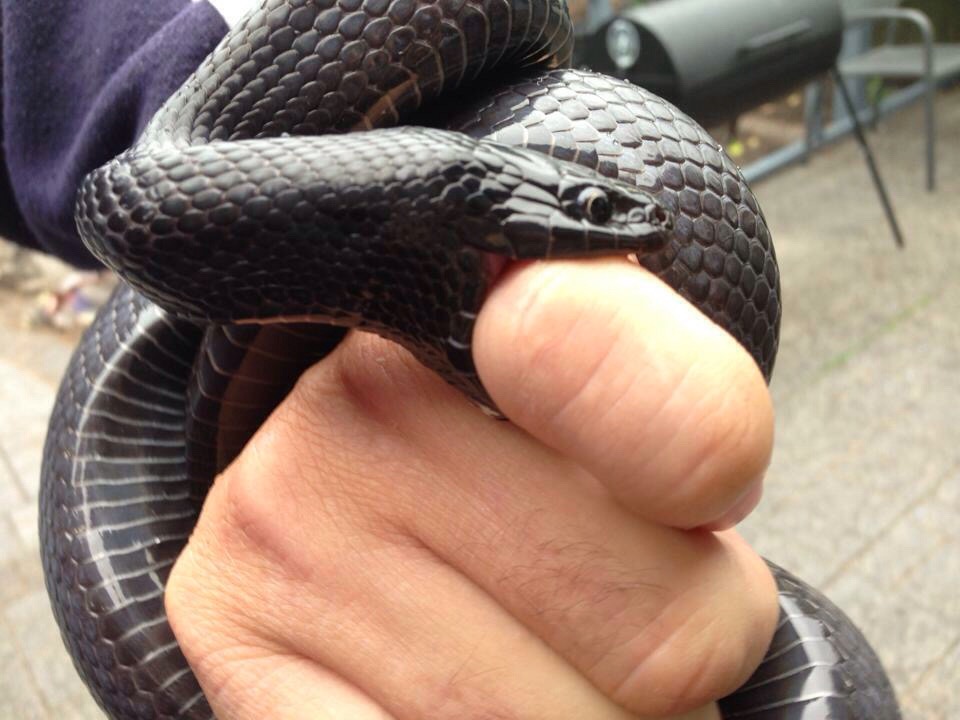Now Reading: Forensic Diagnosis of Snake Bites
-
01
Forensic Diagnosis of Snake Bites

Forensic Diagnosis of Snake Bites
BitesAbstract
Snake bite is one most neglected public issue , especially in rural areas of developing countries. And people mostly effected region, due to its high population density, widespread agricultural activities, there are lot of poisonous snakes and lack of functional snake bite control programs. Most of the snake bites deaths reported were due to delay in giving anti-venom or non- availability of species specific antivenom. Forensic pathologist have a role that the pathologist not only give cause of death but also give judgement about possible negligence of such cases. And the identifying the snake species by observing the snake bites, and differentiating the poisonous and non- poisonous snakes. And doing diagnosis to the bite- site where present on the skin.
Key words : Snakebite , Diagnosis, Anti- venom snake bite, envenomed snakes, Fang marks
Introduction
Snake bite is an injury caused by the bite of snake , especially a venomous snake. Poisoning by venomous snake bite is common acute life threatening, life limiting and medical emergency. There are in excess of 2000 types of snake in the world and around 216 species in India, of which 52 species are venomous. And the majority of snake are non-venomous.
The commonest encountered in India include Common cobra (Naja, naja), Common krait (Bungarus caeruleus), Russell’s Viper ( Vpiera or Daboia russelli), and Saw-scaled Viper (Echis carinarus). King Cobra(Ophiophagus Hannah)and Banded Krait (Bangarus Fasciatus) are rarely encountered. Deaths due to snakebite are remunerate on an ex gratia basis by the government. Poisonous of snake an occupational Hazard, often faced by farmers, farm laborers, hunters.
And the physical appearance of the snake venom is clear, amber-coloured fluid when fresh. The source is from the toxic saliva secreted by modified parotid salivary gland of a venomous snake. All medically important species of snakes have one or more pair of enlarged teeth with grooves or channels called fangs.
After snake bite early sign of detection is important because the poison of snakes vary from one species to another such as if we take a Neurotoxic (elapid) snakes like cobra, king cobra, krait, coral the effects of these snake poison increase salivation and vomiting, and breathing becomes slow and difficult , and it may leads to respiratory paralysis consequently death. If we observe in Vasculotoxic ( vipers) like Pit vipers , russell’s vipers, saw scaled vipers effect of these snake poison is circulatory failure may occur it leads to the death. In Myotoxic (sea snake) like true sea snake, sea krait the poison of these snake effects the respiratory failure to muscular weakness.
Treatment of the snake bites if it is a venomous snake bite the process of the first aid is keep the patient warm, and at rest and immobilize the bite site which present on the body . Should not give any sedation. The Tourniquet is applied lightly proximal to bite- site to prevent lymphatic spread of venom. In India, only polyvalent antivenom is available, which is effective against the following snakes: common cobra, common krait, Russell’s viper, and saw scaled viper.
Diagnosis of snake bite
Identifying the fangs marks:
There should be two rupture wounds which are separated from each other by a distance varying from 8mm to 4cm, depending on the species involved. and also side swipe may produce only a single puncture. And multiple bites could result in numerous fang marks. And the fang marks may not be clearly evident . in such cases, one method is used i.e, Bailey’s method which is visualizing the marks may be resorted to, which consists of injecting lignocaine through a fine gauge needle into the suspected site, and whether it is out of oozes out any punctures.
Identification of snake:
To know the type of the snake , have to collect the DNA swab from the fang marks of the snake bite. By observing the fangs marks also we able to identify the whether it is poisonous or non- poisonous snake.
Laboratory methods:
Haematological:
The most common effects of snake bite venoming is hematologic abnormalities.
- Anaemia
- Leucocytosis
- Thrombocytopenia
- High haematocrit initially, later it falls
- Evidence of haemolysis
- Prolonged clotting time and prothrombin time
- Depressed fibrinogen levels
- Elevated Fibrin degradation product
Immunodiagnosis:
Immunological detection of venom antigens in body fluids can be adept by ELISA technique. This is highly sensitive, but specified may be inadequate to distinguish between different species of snake.
ECG:
Common ECG changes include bradycardia, with ST segment elevation or drepession, T wave inversion, QT prolongation, and changes due to hyperkalaemia.
Urine:
- Haematuria
- Proteinuria
- Haemoglobinuria
- Myoglobinuria
Metabolic:
- Hyperkalaemia
- Hypoxaemia with respiratory acidosis
- Metabolic acidosis
Diagnostic tests and tools
Diagnosis is aided by a test known as the 20 minutes Whole Blood Clotting Test {20WBCT}.At present there is only one commercial diagnostic test available that makes it possible to identify the type of snake venom present in the body of toxic patient. And also we can recognize the specific types of venom produced by different species of snake by testing the antibodies.
And other diagnostic tests where have done the experimental but there is a need in some regions and countries for commercial test that can be used to better inform the proper selection of antivenoms to treat patients.
Know the process of 20WBCT is first of all have to take clean, dry bottle or vial into which one to two millilitres of venous blood is added, is allowed to stand at room temperature for 20 minutes, and then inverted and the presence or absence of complete clot will be recorded. If the blood clot is present it indicates the negative result of the test, and the absence of clot formation in the blood indicates the positive result, indicating presence of a coagulopathy and the need for antivenom treatment.
Diagnostic tools also have substantial potential to better inform the observation of snake bite poison by enabling backdated identification in pathology samples of venom immunotypes the various species of snakes.
Post-mortem appearance in snakebite death
Signs of envenomation may not be readily appear in every snake bite fatality and the chemical analysis is usually unsuccessful in confirming a snake bites. The area where the snake bite present on the skin is incised and submitted in the laboratory. At the external examination, the area surrounding the bite mark shows dermal changes represented mostly by signs of flogosis. Buries related to snake bite are also reported due to the bleeding into the skin. Some swelling and cellulitis about bitten part are seen. In case neurotoxic venom signs of asphyxia .and in case of viper the local is seem to be like oozing of blood from puncture site.
Conclusion
Scientists should make an experiment to prepare venomous toxoid to vaccinate the framers and risky population against venomous snake toxins. A snake bite should be suspected in patients with a history of bite and a local swelling with local signs of inflammation, even if the biting animal has not been seen. Examination and careful observation is important for analysis of patients consulting.
References
- V.V.Pillay, Forensic Medicine And Toxicology, 2019
- Alessandro Feola, Gia luca Marella, Snake Bite Envenoming A Challenging Diagnosis For The forensic pathologist, 3 November 2020.
- H.S.Bawasaka, Snake Bite Poisoning, 15 December 2020.
- Raveendran.S,Vianapathirana, Snake Bite : Medico- Legal Significance.
- R.David, G. Theakston and Gavin D. Laing, Diagnosis Of Snakebite And The Importance Of Immunological Tests In Venom Research, 23rd may 2014.










